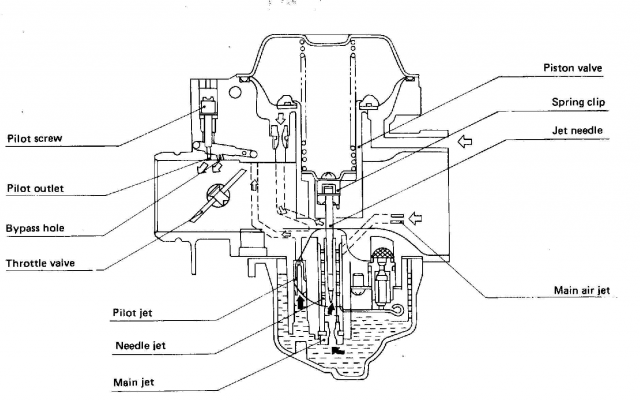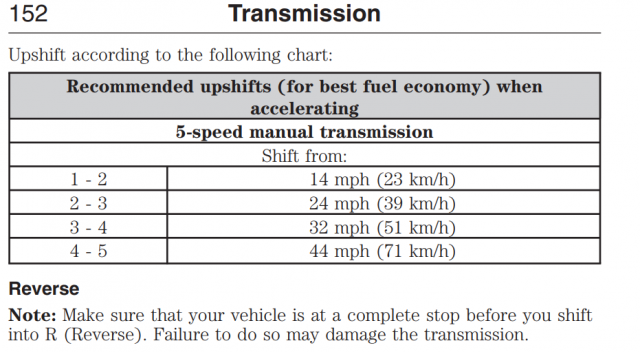Hmmm, you posts read as if you are angry over the issue of other drivers - the poor MPG and what someone can do
So, this is a multi-pronged question with several issues in each "prong".
So, apologies to you without truly knowing what you were asking.
But now that we know.
It can pretty much be presumed that "safety gear" like the tire iron, it's jack and even the limited-service spare - you need to keep these in there.
Seems odd that you suddenly bring up the removing these items, when you got good mileage before - with them still in there (unless you took the out when you first bought the car - not a good idea if you are not sure of the vehicles integrity when you are still new to the cars handling)
Here's where I apologize for the junk in the trunk references, I was referring to other service items like blankets and the bags of salt you may have kept in there when you drive the vehicle in winter - those are unnecessary to carry in the summer, so prudence and good judgement play the roles here.
Even if ...
- does the Ice Scraper stay in there? No, but if needed it can help remove those stubborn bug-remains that don't otherwise wash off easily with the squeegee.
- Water bottles? Always a good idea when stranded, or even to get you back on your way. An overheating condition can harm the motor - you may not have radiator fluid around - but water can help offset the loss of coolant - at least two or three bottles of simple 16oz size can give you extra time and mileage to get you to safety when the engine is cool enough to touch the cap - you can remove the cap and just use the water straight from the bottle - twofold - it's filtered, and water is used in the coolant anyways - just it dilutes the mixture but it can help you top off the amount so you can drive to safety.
- Wrenches? That is not the needed go-to all the time, but a simple set of tools - even pliers and vise grips, can offset and augment the tire iron and jack, for when the need arises - you may find replacing the tire can't be easily done - because the WHEEL is FROZEN to the hub and the two won't separate easily - that's where a heavy tool like the vise grips can provide the leverage to hold the wheel while you pry and hammer to loosen it from the hub.
So, to me, the loss of MPG may be more related to the AC, or lack of true driving versus waiting at a light for it to change.
Do you have a No Turn On RED option? Where some intersections - instead of waiting for that light to "sense" you and change, the State law may allow for turn on RED as long as you yield to cross and oncoming traffic - that way a simple right turn then keeps you moving and keeps the MPG calculator working - think UPS drivers, those Brown trucks - they schedule and fuel limits are pretty tight - so they make the most of moving efficiency - dealing with turns and not having to be waiting at lights for turns. Time is money. So is the Gas used during that time. So, if you can find a route that lets you make turns without having to wait so long, affects the MPG.
I guess this really boils down to - keep moving to keep the Odometer turning while the engine turns - the more efficient you are at this method, the better the MPG.
My MPG issues come from matching speeds for other drivers in multi lane roads and city street traffic lights, so that "city driving" idiom applies to my efforts of trying to keep moving and not waiting too long for lights to change or have to drastically accelerate to match and keep up with traffic trying to get to work of home - that simply wastes gas but it is also a NECESSARY function to help remember to keep in timing of those lights so you don't find yourself becoming a speed bump from others that have to rush home to go pee.
Weight? Yes, it can play a role if alignments are needed and or the brakes or tires are worn, but as far as engines efficiency - the AC and drive habits are more important - comfort versus a rolled down window - between the two - the rolled down window usually wins - unless it's raining, or the heat is so bad that AC is needed because your own health and safety becomes the main concern.
Worn spark plugs show up in 60,000 miles, a plugged air filter sooner than that - usually a good inspection habit is to open the hood and take the top of the air cleaner (or airbox as some may call it) to take out and tap the filter to loosen any loose dirt and caked material from the filter media - and if you can see light thru its pleats - then you can consider it safe to use for another season - until Fall or until Spring - every 6 months, just don't neglect it - out of sight out of mind kind of thing can leave the car on the side of the road - which doesn't do you any good.

![Big Grin [:D] [:D]](/images/smilies/biggrin.png)



